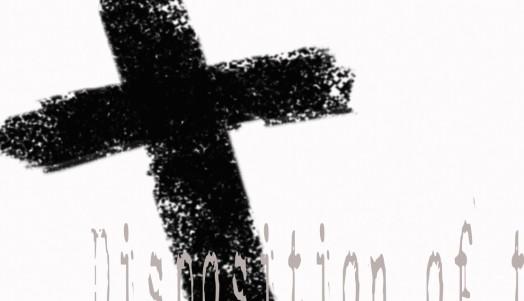
1 minute read
In the Beginning: The Book of John
(John 19:38-42 [HCSB])
38 After this, Joseph of Arimathea, who was a disciple of Jesus but secretly because of his fear of the Jews asked Pilate that he might remove Jesus’ body. Pilate gave him permission, so he came and took His body away. 39 Nicodemus (who had previously come to Him at night) also came, bringing a mixture of about 75 pounds of myrrh and aloes. 40 Then they took Jesus’ body and wrapped it in linen cloths with the aromatic spices, according to the burial custom of the Jews. 41 There was a garden in the place where He was crucified. A new tomb was in the garden; no one had yet been placed in it. 42 They placed Jesus there because of the Jewish preparation and since the tomb was nearby.
Advertisement
John relays the crucifixion matter-of-factly, though with sufficient detail. He does not dwell on the death, but quickly moves on to the burial and to what one would believe is the most critical element of Jesus’ mission: resurrection! It is key that two of His disciples within the existing power structure in Jerusalem make a way for the body to be buried and protected. Joseph of Arimathea and Nicodemus come together secretly (though one wonders how secretive it might have been since there were evidently witnesses and it was not yet under the cover of darkness. Nonetheless, in keeping with Jewish tradition the men provide 75 pounds of myrrh and aloes (consisting of sandalwood and other aromatics) to embalm the body so as to cover the inevitable smell of decay. Note: if they had really understood Jesus’ words, none of this would have been necessary because the body would not decay but would be restored!
The Synoptic gospels place Mary the mother of Jesus and Mary Magdalene at the tomb, also. I would not have been surprised that the women would have also helped with the body. For the men to handle a corpse on the eve of the Sabbath, and more importantly the Passover, this passage illustrates a significant parting with convention, and the men’s passionate devotion to Jesus as their rabbi. I believe this treatment of the burial has the same intended effect as Mary Magdalene discovering the risen Christ on Sunday. Both show a breaking with tradition and a new definition of the roles of men and women within the church.
Deuteronomy 21:22-23 “If anyone is found guilty of an offense deserving the death penalty and is executed, and you hang his body on a tree, you are not to leave his corpse on the tree overnight but are to bury him that day, for anyone hung on a tree is under God’s curse. You must not defile the land the LORD your God is giving you as an inheritance.




